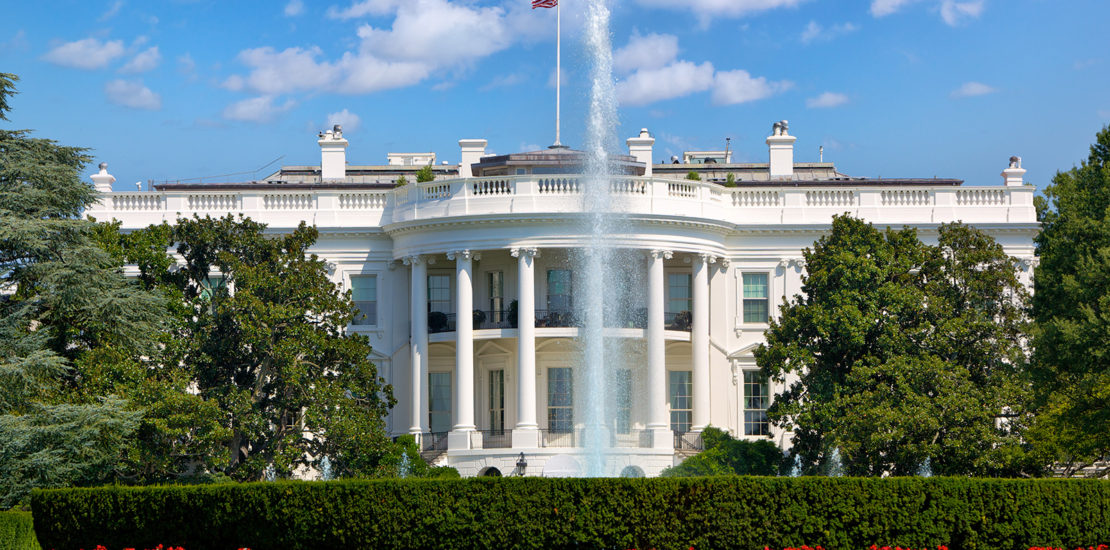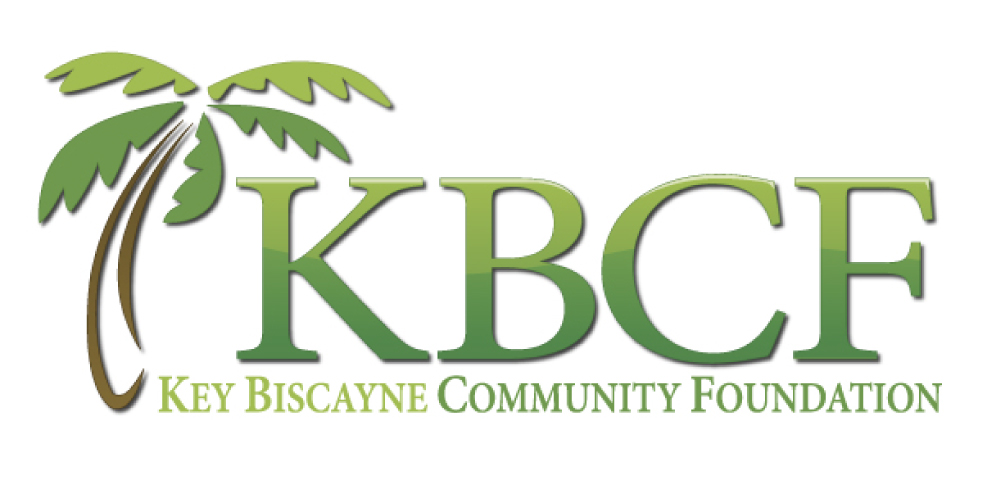
- April 3, 2020
- Posted by: KBCF
- Category: COVID-19 Support
Federal CARES Act Information
FUNDING FOR NONPROFITS
Paycheck Protection Funds: Administered by the Small Business Administration – See https://www.sba.gov/funding-programs/loans/coronavirus-relief-options/paycheck-protection-program-ppp
- Is funding “forgivable loans” for nonprofits with less than 500 employees
- The maximum amount for any organization is capped at 250 percent of its average monthly payroll (up to a maximum of $10 million). If the recipient of the loan uses it to retain the majority of its workforce, the loan can be forgiven and function as a grant .
- You apply through banks that are certified SBA lenders. The SBA website has a search function to find approved lenders in your zip code: https://www.sba.gov/paycheckprotection/find . They also have a sample application here: https://www.sba.gov/document/sba-form–paycheck-protection-program-borrower-application-form
Tax Break for Charitable Giving
- The CARES Act provides increased tax deductions for both individuals and corporations who donate to charities in 2020. See a summary of the new tax breaks here: https://www.aefonline.org/covid-19-and-cares-act-challenges-and-opportunities-aef-donors
Private Funding
Many national, regional, and local funders are creating special funds to support the work of nonprofits who are supporting high risk communities through the Coronavirus crisis. Candid has a page where they are tracking philanthropic activity that includes a database of local funds that can be searched by location. You should also reach out to your local funders and United Way. See the Candid philanthropic page here: https://candid.org/explore-issues/coronavirus.
FUNDS FOR PUBLIC AGENCIES
Education Stabilization Fund: Administered by Federal Department of Education to SEA’s and then LEA’s – See https://www.ed.gov/coronavirus?src=feature
- $13.5 billion of this fund is set aside for K-12 education allocated to states based on Title I formula in the most recent fiscal year
- State Education Agencies must distribute at least 90 percent of funds to school districts based on Title I formula (with up to 0.5% that may be used for state administration)
- Local educational agencies (LEAs)can work with partner organizations to address community needs
- Use of funds includes anything already in ESSA, which would include activities such as social/emotional learning and support, family support, and mental health support, Specific activities for this funding called out to address the pandemic include:
- Planning and implementing activities during the summer and afterschool
- Planning and coordinating meals
- Online learning and other educational services
- Purchasing technology
- Mental health support
- There is also $3 billion that will be allocated to governors to allocate to support K-12 or higher education
SAMHSA Emergency COVID-19 Funds – See https://www.samhsa.gov/grants/grant-announcements/fg-20-006
- SAMHSA currently has a Funding Opportunity announced for state mental health agencies to receive grants to support “crisis intervention services, mental and substance use disorder treatment, and other related recovery supports for children and adults impacted by the COVID-19 pandemic.” These funds will flow to state mental health agencies who will fund their networks of providers to deliver services in communities. 70% of funds are for services for individuals with serious mental illness and substance use disorder, 10% are for health care workers, and 20% are for individuals and families with less severe mental illness. States are required to report their use of evidence-based programs
City Government – CDBG – Administered by HUD – See https://www.hudexchange.info/programs/cdbg/
- The CARES act allocated $5 billion to the Community Development Block Grant (CDBG) program. $2 billion of those dollars will be allocated to states, cities and counties that normally receive a CDBG allocation to support their response to COVID-19 and related economic and housing disruption. Local governments can use these dollars flexibly to fund needed health and community services.
FUNDS DIRECTLY FOR FAMILIES
Economic Impact Payments: Administered by the IRS – See https://www.irs.gov/coronavirus
- Eligible U.S. residents or citizens will receive up to $1,200 and an additional $500 for every child. Individuals who make up to $75,000 are eligible (and reduced payment for individuals earning up to $98,000). Married couples filing jointly are eligible if they make up to $150,000 (and reduced payments for couples earning up to $198,000). Single parents filing as head of household are eligible if they earn up to 112,500 (and reduced payments for head of households earning up to 136,500).
- Only available for individuals with a social security number. Those receiving Social Security are eligible to receive the payment.
- For individuals who filed a tax return in 2018 or 2019, eligibility will be based on the reported income on the tax return, and for those who have provided a bank account on their 2018 or 2019 tax return, they don’t have to do anything. Payments will be directly deposited into bank accounts.
- If the IRS does not have a bank account on file for you, then they will mail a check. The IRS website also indicates they will be creating an on-line portal for individuals to provide bank account information for direct deposit. That portal is not up yet. Keep checking the website.
- If individuals have not yet filed their tax return, for 2018 or 2019, they are still eligible but would have to file their return in order to be eligible.
